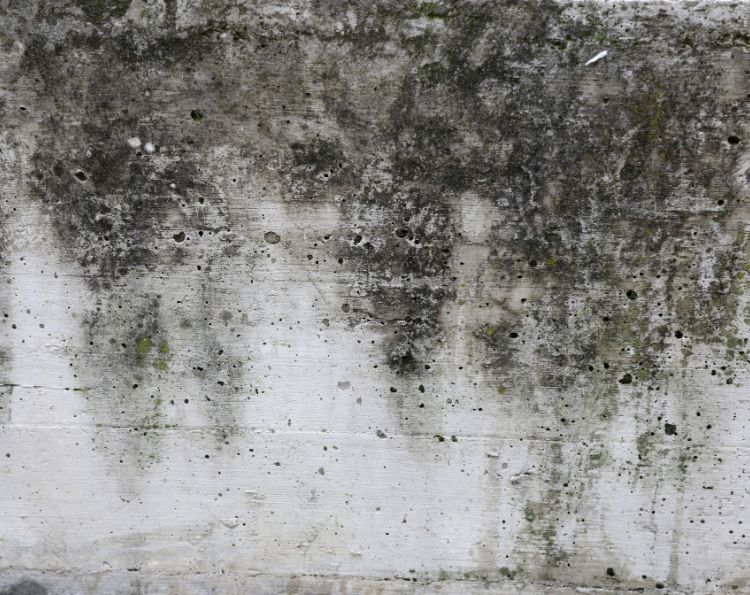Itchy Eyes and Runny Nose: Seasonal Allergies or Mold?
Feeling miserable with allergy symptoms? You're not alone. Millions of people experience seasonal allergies, also known as hay fever, but did you know mold exposure could also be the culprit? While the symptoms can be very similar, there are ways to tell the difference.
Timing is Key
Seasonal allergies typically wreak havoc from late February to early September, following the pollen calendar. This means symptoms often improve by fall, even with the notorious ragweed season ending around mid-October. However, mold allergies can strike year-round.
Location, Location, Location
Pay attention to where you experience your allergy woes. Seasonal allergies tend to flare up outdoors or when windows are open, thanks to airborne pollen. On the other hand, mold allergies often act up indoors, particularly in damp environments like bathrooms, basements, laundry rooms, and kitchens.
Understanding the Culprits
Seasonal allergies stem from the body's reaction to pollen, a harmless substance that plants release for reproduction. Mold allergies, however, are triggered by mold spores.
Common Symptoms
Both mold exposure and seasonal allergies can cause:
- Sneezing
- Runny or stuffy nose
- Itchy or watery eyes
- Coughing
- Wheezing or shortness of breath
However, mold exposure can also lead to more severe symptoms such as headaches, skin rashes, and chronic fatigue. If you experience these symptoms, it's essential to consider mold as a potential culprit.
Signs You Have a Mold Problem
It's essential to recognize the signs of mold in your home. These can include:
- Musty odors
- Visible mold development
- Water stains or discoloring on walls or ceilings
- Persistent allergies or respiratory issues
- Peeling wallpaper or bubbling paint
If you notice any of these signs, it's essential to contact a trusted mold remediation company promptly.
The Role of a Mold Remediation Company
As a professional mold remediation company, AdvantaClean can help you determine if microbial growth is the cause of your symptoms and address the issue effectively. Here's what we can do for your home:
- Thorough Inspection
Professional mold remediation starts with a detailed inspection. Our team will assess the depth of the mold problem and identify its source, which is crucial for developing an effective removal plan. We can also take air and surface samples for further testing at a laboratory.
- Containment and Removal
To prevent the spreading of microscopic spores, we use advanced containment methods. These include sealing off affected areas and using specialized equipment to filter the air. We then safely and efficiently remove mold-infested materials.
- Cleaning and Sanitizing
After removing the mold, the area must be thoroughly cleaned and sanitized. We use industrial-grade cleaning products and techniques to ensure all mold traces are eliminated. This step also helps to remove any musty odors associated with mold.
- Prevention Tips
Once the mold is removed, we provide valuable advice on preventing future mold growth. This can include tips on improving ventilation, controlling humidity levels, and fixing leaks promptly.
Why Choose AdvantaClean?
AdvantaClean stands out as a trusted mold remediation company for several reasons:
- Experience: With years of experience in the industry, we have the expertise to handle any mold problem.
- Advanced Technology: We utilize state-of-the-art tools and techniques, including HEPA air scrubbers, negative air machines, and thermal imaging cameras. Our methods ensure thorough mold removal and help us detect hidden moisture sources.
- Customer Focus: We prioritize customer satisfaction, providing personalized service and support throughout the remediation process.

Determining whether symptoms are due to seasonal allergies or mold can be challenging. If you suspect mold might be the cause, it's crucial to address it promptly. Call AdvantaClean at (877) 800-2382 for all your residential mold restoration needs.